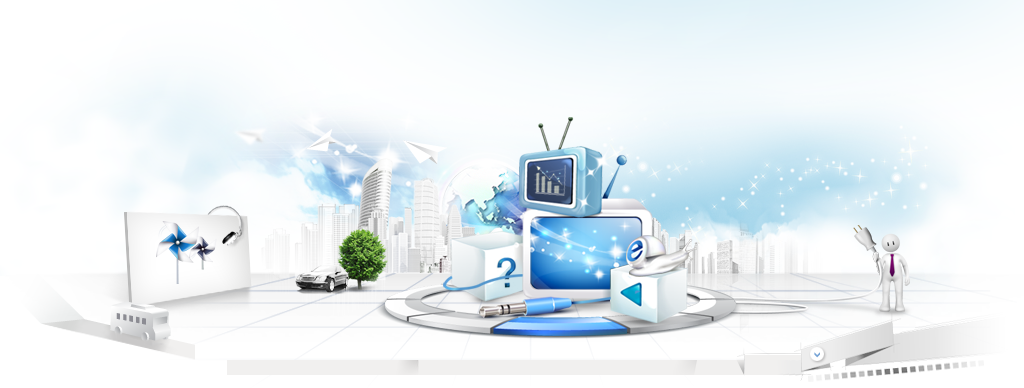
S-SCADA
Software Overview
SCADA is Supervisory ControI And Data AcquiSition System (supervisory control and data acquisition system) for SCADA system is the distribution of distance and the production system of dispersed production units of a data acquisition, monitoring and control system. It has a wide range of applications, and can be applied to many fields, such as power supply, metallurgy, petroleum, chemical industry, data acquisition and monitoring, control, process control and so on. Monitoring and control can be carried out to achieve data acquisition, equipment control, measurement, parameter adjustment and other functions. Generally, the SCADA system is divided into two layers, the client / server architecture and the servers that can communicate with each other.
Function module
-
 real time monitoring
real time monitoring
According to the process requirements, the key technological parameters of the device, such as temperature, flow, pressure, liquid level and so on, are dynamically displayed in the form of flow chart
-
 Alarm analysis
Alarm analysis
The system automatically prompts and records when the data exceeds the required alarm limit or below the specified alarm limit.
-
 Trend Analysis
Trend Analysis
The real time / history curve allows you to customize the trend curve of all functions so that engineers can predict the future of the equipment as needed
-
 Report statistics
Report statistics
Display real-time data and historical data at any time, and deal with them statistically
-
 Collector
Collector
The data collector is connected with the two meter or sensor on the spot, and transmits the field data through Ethernet, WIFI and GPRS to the SCADA system.
-
 Sensors/instruments
Sensors/instruments
Measure the temperature, pressure, vibration, voltage, current, electric energy and so on
Technical characteristics
1、System openness
1.The system follows the various international and domestic standards that have been promulgated and meets the requirements of openness.
2.The database of the system by the real-time database developed by and large commercial relational database is composed of two parts, the historical database provides unified access interface, such as MySQL, SQLServer, support Oracle database.
3.Network communication adopts standard TCP/IP and HTTP protocol.
4.he system has good scalability. The system software can use a variety of mainstream operating system and relational database software, the data structure and object-oriented programming, three layer architecture, component technology, two times the development of easy expansion of the system and the user.
2、Systematic distribution
1.The system adopts full distributed function design and network structure, and implements data sharing function under the network environment.
2.The application software is assigned to the server and workstation on the network by function, and all the modules can run on one node or run on different nodes. It can optimize the resource of each node, and ensure the system load balance and network load minimum, so as to prevent communication bottleneck caused by improper function distribution.
3、system reliability
In order to ensure the reliability of the system, technical means, dual redundant dual, main file and database are mirrored backup.
Performance advantages
1.The hardware and software system is a comprehensive optimization design, realize distributed intelligent data acquisition, acquisition of host and Fieldbus modules with intelligent processing functions, cooperate with the center software, through optimizing the data transmission mode, can provide real-time monitoring of large number of monitoring points with low cost. Easily monitor hundreds of sites, tens of thousands of prison monitors.
2.Based on the IP network, the field collection host device is connected with the center through the standard TCP/IP protocol, and the sensor and control point can be connected to the Internet of things through Ethernet or GPRS
3.The central data service processing ability is strong, after the data processing, puts directly in Oracle / MS, SQL, Server and so on standard database, facilitates the user to carry on the data excavation, the analysis processing.
4.The central software has the function of custom logic control, providing two development abilities, and realizing various functions for the user.
Application value
1.It greatly improves the safety performance and reliability of production and operation management;
2.The automation of production formula management can greatly improve the quality of products and production efficiency;
3.It greatly reduces the possibility of the workers facing the bad working environment, and ensures the safety of the first personnel in the process of work;
4.It can greatly reduce unnecessary waste of labor;
5.Through the centralized control and management of the production process, the competitiveness of the enterprise as a whole will be greatly improved;
6.The system through the retention and processing of production trend of equipment, can improve the prediction ability of emergency, quick response and handling ability in emergency situations can greatly reduce the loss of life and property, so as to bring potential social and economic benefits;


